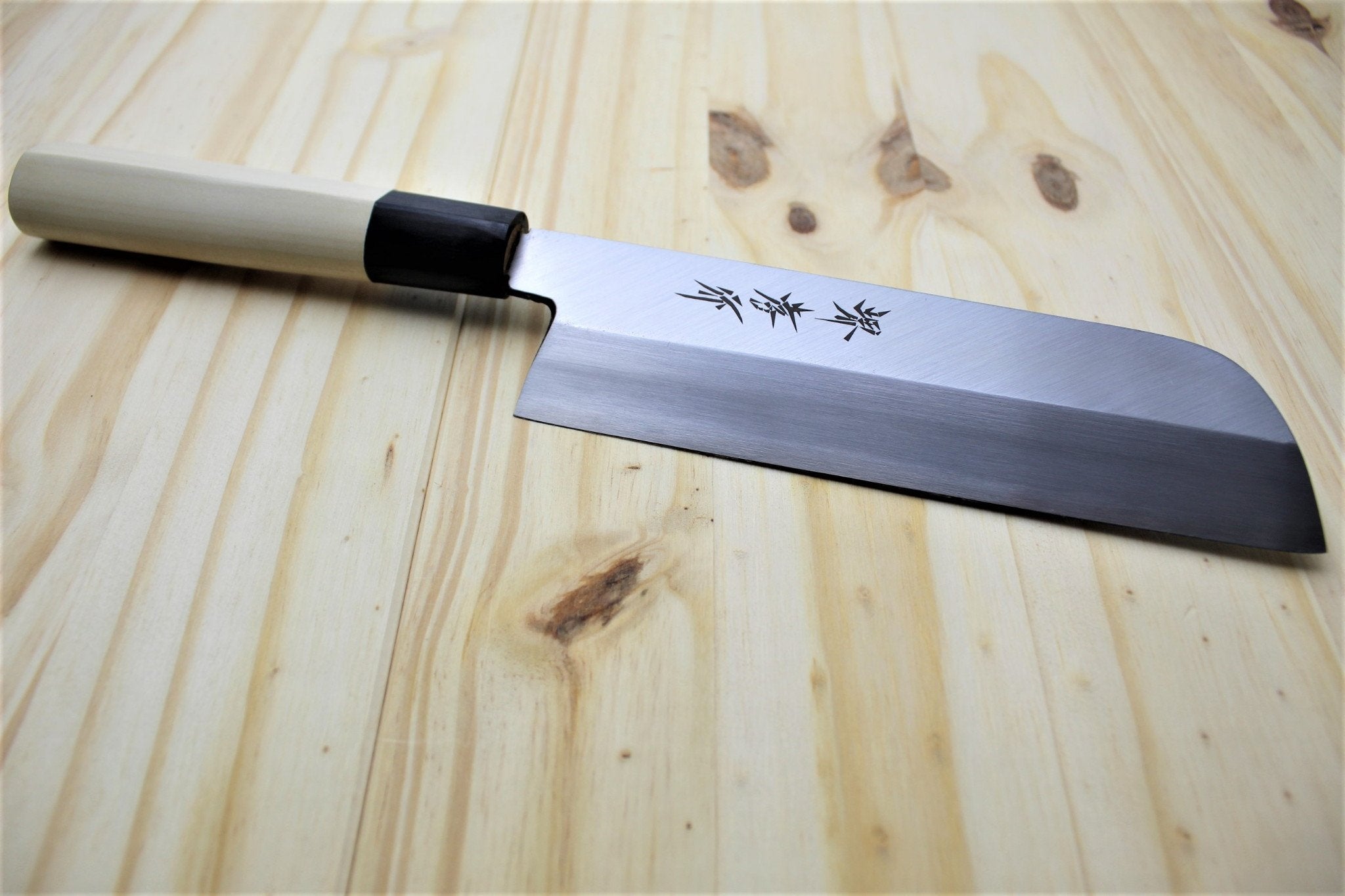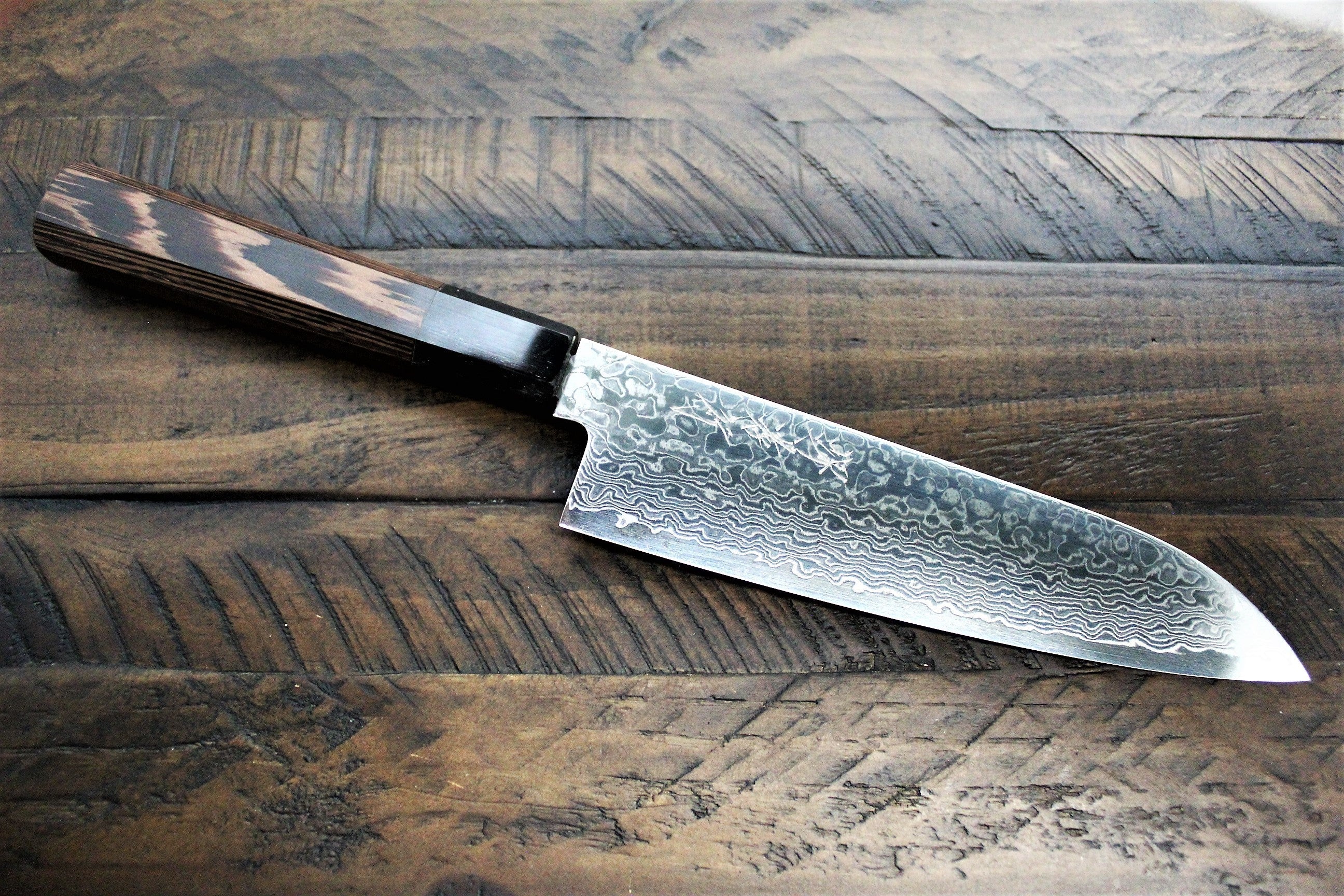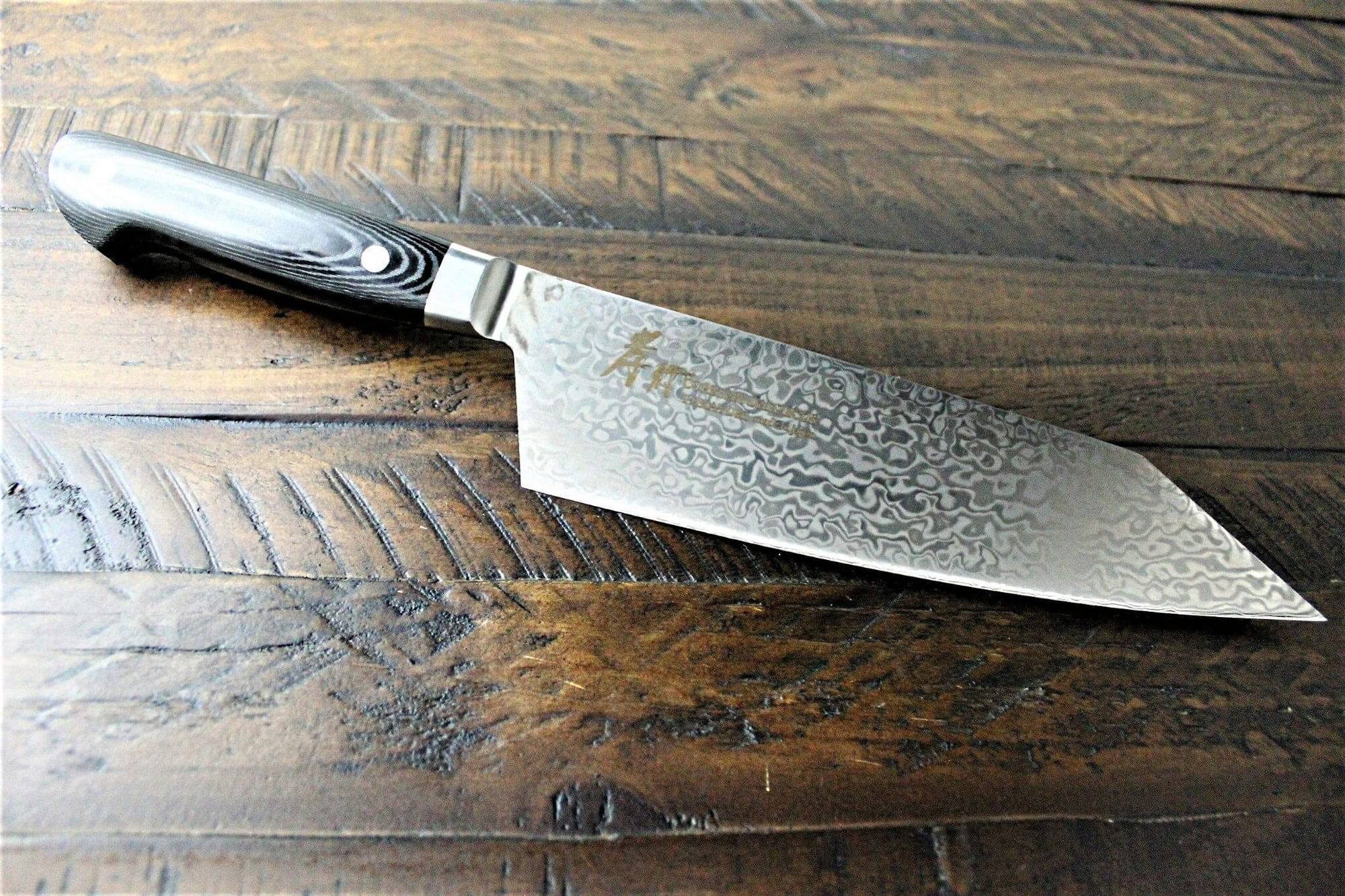
What Are Usuba Knives Used For?
Hasu-Seizo is a family owned and operated business that is proud to offer traditional, handcrafted Japanese kitchen knives to the greater Seattle region and ships worldwide. Passed down from one generation to the next, the techniques utilized by the knife makers such as Sakai Takayuki have led to a line of award winning kitchen blades.
In today's discussion, we are going to introduce one of the commonly used knives in Japanese cuisine, the Usuba knife.
Defining the Usuba Knife
The Usuba Knife is a traditional Japanese blade that can measure between 165 — 240mm in length. Designed specifically for cutting vegetables, the Usuba knife is known for its long straight blade edge and traditional wooden handle with a partial tang.
Key Usuba Knife Characteristics
The Usuba Knife can be broken down into several sub-categories. While there are multiple variations of the traditional Usuba knife, all purchasing decisions should focus on these traits.
- Size — The average Usuba Knife will sit between 165 – 240 mm in length. Close to the size of a French chef's knife, shoppers should experiment with different lengths to find the option that feels most comfortable in hand.
- Shape — Defined as a 'thin blade', the Usuba Knife traditionally features a long flat blade (Tsura) with a single-bevel and a mild concave design on the “flat” side. The size and layout of the blade make it ideal for Japanese push-cutting and premium knuckle clearance.
- Edge — This is a single-bevel blade which means that only one side is ground and sharpened. This extremely thin and sharp edge allows chefs to cut thin slices of vegetables.
- Handle — There are traditionally two categories of Japanese blade handle, the Wa-Handle, and the Western-Style Handle. Wa-handle blades feature D-shapes, octagonal handles, and oval grips. The Usuba knife is typically only found with the Wa-handle.
The Usuba knife is a traditional yet specialized knife ideal for working with vegetables in a professional kitchen. Often used by sushi chefs, the single-bevel Usuba knife offers effective cutting solutions to individuals seeking to emulate Japanese cuisine. This kitchen knife is extremely useful for such things as peeling daikon radishes or other specialty tasks. For individuals looking for a more flexible knife, consider exploring a Gyuto or Nakiri blade.
Edo-Usuba vs. Kamagata Usuba
There are two types of Usuba knife in traditional Japanese cuisine. The first knife, Edo-Usuba, comes from the Kanto area of Tokyo and is most well-known for its blunt edge and flat front. Many times this is just simply called an Usuba as it is by far the most prominent design.
The Kamagata Usuba is associated with Osaka and the Kansai region. The Kamagata Usuba features a curved spine with a pointed tip. It has an easy-to-handle blade for use in a fast-paced kitchen setting, while retaining proper safety techniques.
Both the Kamagata Usuba and the Edo Usuba were developed for the purpose of cutting and thinning sheets of vegetables. The Usuba knife was developed to create thin cuts of vegetables, with the goal of creating more surface area for the vegetables, thus enhancing the flavor.
Usuba Knife Uses and Advantages
The Usuba is a specialty tool and will most often be found in a commercial kitchen than a home kitchen. However, as home chef’s expand their repertoire, they often look at the Usuba as the next challenge. As another tool in the kitchen, the Usuba knife can become invaluable when preparing traditional Japanese cuisine.
Outside traditional Japanese-style cuisine, there is a range of advantages that come with each Usuba knife supplied by the team at Hasu-Seizo.
- Thin Blade — The thin style of the Usuba knife lends itself to delicate slicing and push cutting efforts. The thin blade primes the chef for precise cutting and ultra-specialized preparations. The thin blade is ideal for working with vegetables as well as chopping, mincing, peeling, slicing, and dicing. The single bevel blade allows for precise cutting and uniform pieces.
- Durable Metal — The Usuba knives offered by Hasu-Seizo are crafted with care and made to last from both Japanese stainless steel and Japanese Shirogami (white steel). Shirogami provides exceptional sharpness while holding a primed edge.
- Safer Operation — The Usuba Knife features a thin blade as well as a sturdy handle with a solid knife grip. Typically, with the Usuba chefs pursuing traditional practices may best seek Octagonal, D-Shape, or Round handles. The style of the Usuba knife also makes it easy to prevent slipping and cutting knuckles.
To make the most out of your Usuba knife purchase, shoppers should take some time to familiarize themselves with the proper care and maintenance methods that the blade requires.
More than just another kitchen knife, proper care of the Usuba knife will entail the following:
- Clean Storage — Following every use, the Usuba knife should be hand washed and dried to prevent rust or corrosion. Camelia oil lightly applied can help for storing the knife for longer periods.
- Special Sharpening — To properly sharpen your Usuba knives, use only whetstones as with any single bevel knife. Hand wash and dry the blade afterward before storing.
The Artisan Japanese Knives of Hasu-Seizo
Hasu-Seizo is a family-owned and family-operated business based out of the greater Seattle region and shipping worldwide. Developed in partnership with family manufacturers of Sakai Takayuki products in Osaka, Hasu-Seizo seeks to provide its customers with authentic artisan Japanese knives.
As a part of your day-to-day life as well as all your cooking adventures, artisan Japanese knives by Hasu-Seizo embolden people to live better by investing in tools that last. To learn more about authentic artisan blades, refer to the Knife Buying Guide or browse high-quality Usuba knives on Hasu-Seizo now!





